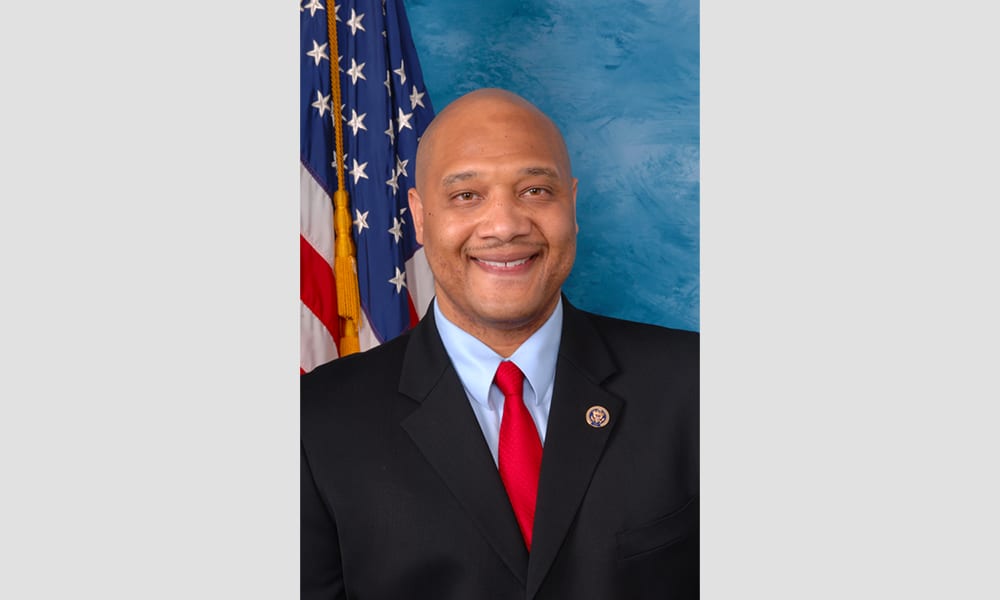Student loan debt hurts Black and brown families
When President Biden announced last month that he would be canceling up to $20,000 in student debt, there were varied reactions. Is this unfair to borrowers who have already paid off their loans? Is this enough? Is it too much? First, it’s important to know the facts. One of the most important facts is that […] The post Student loan debt hurts Black and brown families appeared first on Indianapolis Recorder.

When President Biden announced last month that he would be canceling up to $20,000 in student debt, there were varied reactions.
Is this unfair to borrowers who have already paid off their loans? Is this enough? Is it too much?
First, it’s important to know the facts. One of the most important facts is that student loan debt disproportionately hurts Black and brown borrowers.
According to the Education Data Initiative, Black college graduates owe an average of $25,000 more in student loan debt than white college graduates. They also are more likely to take out debt in the first place, pay more interest and make larger monthly payments. After taking on debt, people of color tend to earn less income than their white counterparts, with many unable to even complete their degree — the cost of attendance is simply too high.
If a student does not come from a family with generational wealth, they need to take out larger loans. Those larger loans accumulate with larger amounts of interest. Upon entering the workforce, people of color make less money than white individuals, on top of being saddled with debilitating monthly payments. This is the result of centuries of systemic discrimination and unequal access to opportunities — like education, jobs, housing and healthcare.
It’s no wonder there is a racial wealth gap in this country. According to data from the Federal Reserve, Black and brown households earn less than white households and own only 15% to 20% of the wealth of those other households. And lifting just a portion of disproportionate student loan debt can make a real difference.
Here’s the next fact: President Biden’s Student Loan Reduction Plan includes three parts to address student loan debt. One is to cancel debt for those making less than $125,000 a year — if you received a Pell Grant, you are eligible to have $20,000 forgiven. If you did not, you are eligible to have $10,000 forgiven. Second, ALL federal loan payments are paused until after Dec. 31, 2022. And third, the Biden administration is proposing new rules that will make the system more equitable to current and future borrowers.
Approximately 1 in 4 Black Americans have negative net worth, meaning their total debt exceeds their total assets. The Biden administration estimates that the first $10,000 of debt relief will move over half a million Black Americans from a negative to a positive net worth.
That positive net worth means there are more opportunities to generate wealth. From home ownership, to building credit, to investments and possibly new minority businesses — there are new opportunities to build a better community.
The overall changes to the student loan debt problem proposed by President Biden will address some persistent inequities that make it harder for Black and brown Americans to pursue higher education or complete higher education. With this reform, college — as well as the chance to achieve higher paying jobs post-graduation — will be more accessible, with less risk of becoming stuck under the weight of unbearable student loan payments.
It’s important to ask ourselves yet again the question on many folks’ minds — are these efforts enough? The answer is NO, but President Biden’s plan is a good start.
Let’s not forget: White Americans benefited from low-interest loans from the G.I. Bill in the 1940s. Practices like Jim Crow laws and redlining plus the economic and social legacy of slavery and colonialism, there are quantifiable factors that contribute to modern day income and wealth disparities in the U.S.
There is no one solution to erase the centuries of institutionalized racism in our country. But President Biden’s plan is a move in the right direction that will have a positive impact on this generation and generations to come. No American should be punished for trying to achieve the American dream. And affordability should never be a barrier to education.
It will take more bold solutions to address the chronic inequities and systematic racism plaguing our country. That’s why it is more important than ever to support Democrat-led policies that will help undo generations of harm to Black and brown Americans.
In the age of COVID-19 and what seemed like new “unprecedented moments” every day, in a time of significant firsts and what we can only hope are unequivocal lasts, lowering student loan debt should stand out in history for what it is: a momentous step toward an America that is finally more fair, more just and more equitable for all.
To receive federal debt relief, borrowers will need to fill out an application beginning in October. You can sign up to receive updates on when this application will become available and find answers to commonly asked questions at studentaid.gov/debtrelief.
Rep. Carson represents the 7th District of Indiana. He is a member of the Congressional Black Caucus and one of three Muslims in Congress. Rep. Carson sits on the House Transportation and Infrastructure Committee and the House Intelligence Committee, where he is chairman of the Subcommittee on Counterterrorism, Counterintelligence and Counterproliferation. Contact Rep. Carson at carson.house.gov/contact.
The post Student loan debt hurts Black and brown families appeared first on Indianapolis Recorder.







